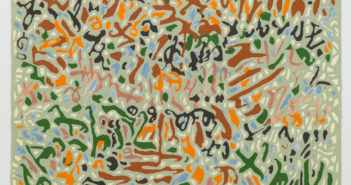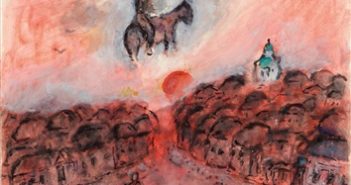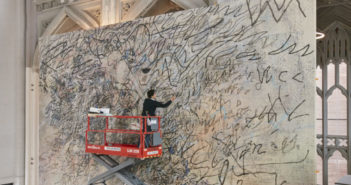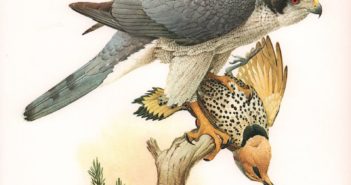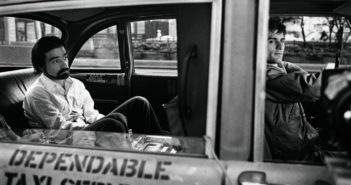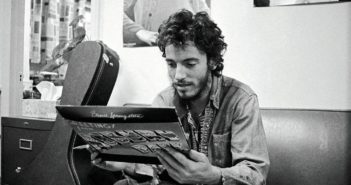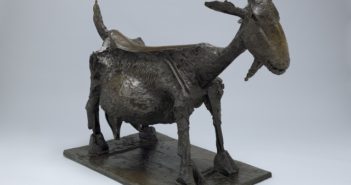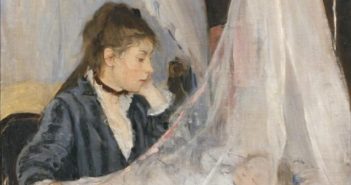
While mingling at an 85-year-old’s birthday party recently, I overheard a conversation between two artists: “How’s your work going?” asked the first. “It’s not. I haven’t picked up a brush in months,” said the second. “No time to paint.” They batted, back and forth, the creativity-hijacking perils of family, social obligations, sports, studio rent, Thanksgiving and the deadly word, “worthwhile” — as in, “I’m not doing it enough to make the sacrifices worthwhile.” The cake came, everyone sang, the candles were blown out and a wish was made. “The secret to life,” nudged our host, “is that you need to do what you really want to do.”

